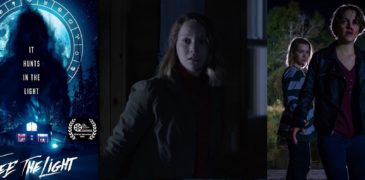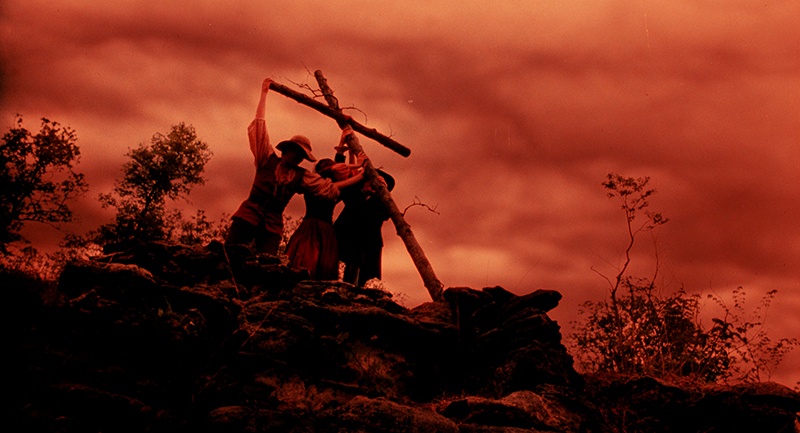
The seminal American folk horror film Eyes on Fire has been unavailable on home video for decades. Thankfully, the good people at Severin Films has given the title a 4k restoration overseen faithfully by the director Avery Crounse; an interesting inclusion in the 2021 Fantastic Fest line-up so people can see it on the big screen. Rescued from the depths of obscurity, Eyes of Fire re-release timing could not be more ideal with the continued popularity of the folk horror genre with standouts like Midsomer and VVitch. Touted as an early precursor to such revered works, the release feels important in understanding the history of the genre, though whether it lives up to such accolades is debatable.
Focusing in on a pastor and his flock at the beginning of British colonialism of the west, the story follows the small group of settlers on a journey to find new land after being rejected by their original homestead. In typical settler fashion, a warning from the indigenous people that the ‘Promised Land’ they seek rests on poisoned ground. Consequently, shortly after they set up camp and make their claim, tragedy and violence begins to befall the small group.

Undeniably, the setup is rather formulaic, besides a few hints at supernatural early on, which delivers an aesthetic and presentation of a TV series opposed to a cinematic experience (not helped by the lead actor conveying Daniel Boone vibes). A tedious start, the film would likely be met with apathy if not for a few hints of the tragedy soon to affect the small parish. As a relief, this tedium is not ever present and there is certainly a heightened sense of dread that slowly bubbles under the surface – leading to a visually astounding closing act deserving praise.
The first hints of a change in the pace come in the unique utilization of a once common method in crafting visual effects, altering the film stock through layering, or drawing, on top of it. The first use of this technique gives a striking nightmarish vision as Avery Crounse is able to transform a child into a demon as an early premonition for the entities that will come to stalk the small group. Shockingly effective, these techniques become an integral part of the film’s identity – it is easy to be awestruck and somewhat nostalgic for the technique. Ultimately, the method in itself was not inventive at this point, but the way Eyes of Fire executes the technique to induce a psychedelic nightmare is truly its own.
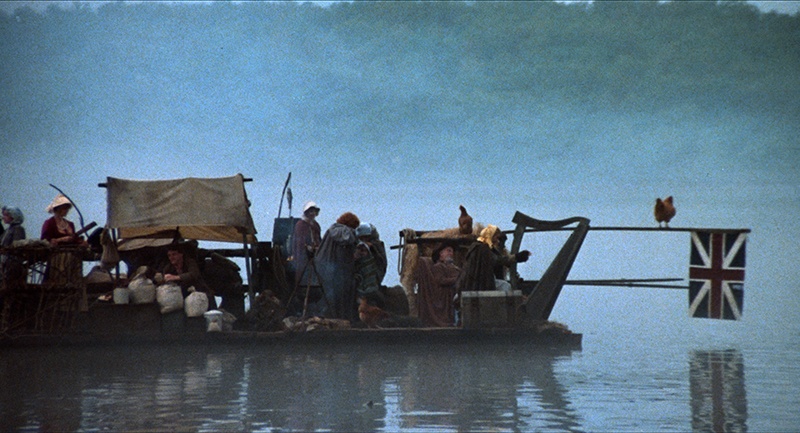
Arguably, the most striking aspect of the film’s visuals comes with the creation of the witch that rules over the forest. An odd massive creature, where the only human part of the design is the face, it is only visible enough to allow the actor to cast horrific glances and spew green bile from its mouth. The body is a large mass of roots and earth that allow it to mould itself into the trees or deep underground. Here is a monster with a haunting and commanding presence whose every moment on screen becomes morbidly engrossing – easily one of the best creature designs in all of horror cinema.
Ultimately, Eyes of Fire is a notable entry in folk horror due to creative creature design and effective use of celluloid manipulation that provides stunning visuals. However, every other aspect of the film is rather underwhelming largely due to bland characters. Sadly, while the structure does mimic the modern wave of folk horror, it lacks the narrative substance that has made the reinvention of the genre a favorite among horror fans. Regardless, there is enough for fans of the mini-genre to cling onto here. Furthermore, the 4k restoration gives the film a second life for those who have only been able to experience it via crappy bootleg in the past. Overall, Eyes of Fire may not be perfect, but is a film deserving of restoration and introduction to new fans. For fans of folk horror especially, it should be an considered essential viewing, whether from enthusiasm of the motifs or the historical value.
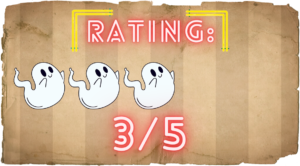
We Watched Eyes of Fire as Part of Fantastic Fest 2021
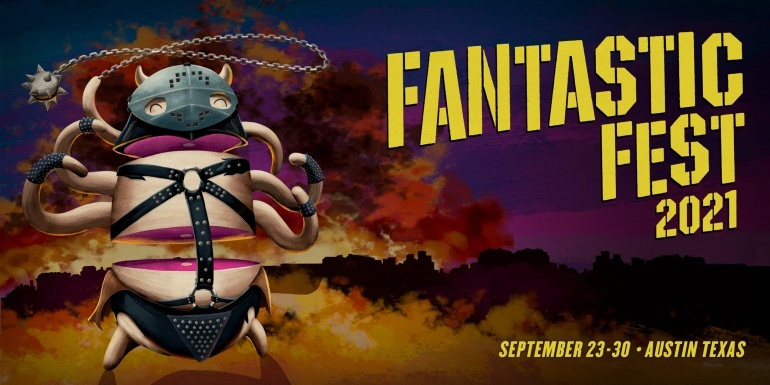
More Festival Coverage
Kingdom of the Apes is a 2022 Japanese thriller, written and directed by Shūgō Fujii. Making his directorial debut with Living Hell (2000), Fujii gained notoriety with his recent mystery thriller… Holy Shit! (Holy Crap!/Ach du Scheisse!) is a 2022 German comedy thriller, written and directed by Lucas Rinker in his first feature-length work. As architect Frank awakens from unconsciousness, he… The Internet Age has transformed us in so many ways, even down to the way we tell stories to keep pace with advancing technology. Our fledgling fixation on screens has… Fuk’n Nuts is a 2023 American surrealist horror comedy short film, written and directed by Sam Fox. No stranger to the medium, Fox is known as the writer/director of the… Pareidolia is a 2023 short horror film directed by Aaron Truss, whose previous work includes the wonderful full-length documentary Cult of VHS (2022). Amazingly, this newest project was brought to… Flee the Light, the first feature film from Toronto-based production company Mythic Trips, is an indie mystical horror-thriller about two sisters who find themselves in the crosshairs of an ancient…Kingdom of the Apes (2022) Film review – A Fable of Japanese Society
Holy Shit! (2022) Film Review – Porta Potty Pandemonium
The Collingswood Story (2002) Film Review – A Pioneering Screenlife Film
Fuk’n Nuts (2023) Film Review – Caution! May Contain Crazy [Fantastic Fest]
Pareidolia (2023) Review – A Short Film with Big Scare [FrigthFest]
Flee The Light Film Review (2021) – Atmospheric, Effective Witchcraft Horror

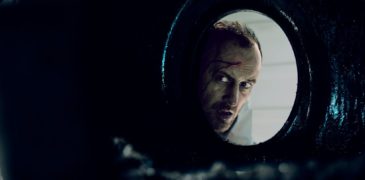
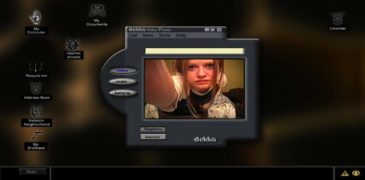
![Fuk’n Nuts (2023) Film Review – Caution! May Contain Crazy [Fantastic Fest]](https://www.grimoireofhorror.com/wp-content/uploads/2023/09/Fukn-Nuts-cover-365x180.jpg)
![Pareidolia (2023) Review – A Short Film with Big Scare [FrigthFest]](https://www.grimoireofhorror.com/wp-content/uploads/2023/08/Pareidolia-10-365x180.jpg)
